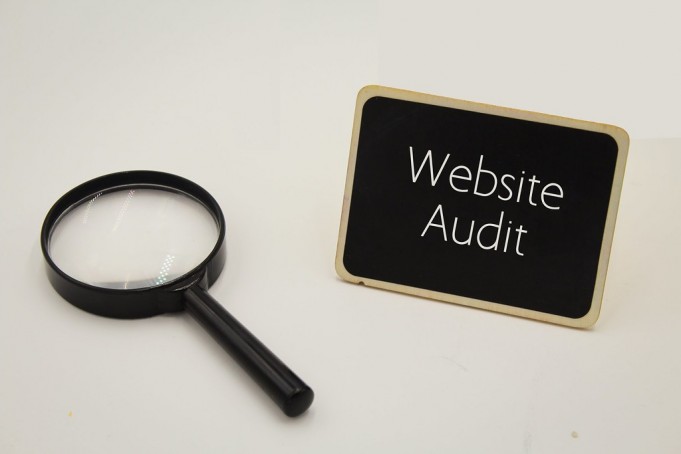Steps to do the Best SEO Audit for Websites
In this article, we are going to discuss how to do an SEO audit for websites. Let’s get started!
Step 1 – You Have To Identify Opportunities For Link Building
Link building happens to be a very vital part of gaining website authority. Thus, no Search Engine Optimisation audit is complete without finding site-specific internal and external link building opportunities.
Step 2 – Identifying Potential Improvements in IA
IA or information architecture is basically the way in which information is ordered or structured. When it comes to an SEO audit, one needs to figure out how to redistribute internal linking structures on a website in order to pass equity to the pages that happen to need it.
Step 3 – Finding Out ‘Thin’ Content
When it comes to content, your pages wouldn’t get much of SERP rankings (Search Engine Results Page) if they are considered ‘thin’ by the Google algorithm. ‘Thin’ content is basically the type of content that fails to meet the needs of the search user needs.
Step 4 – Spotting Duplicate Content
During an SEO audit, always make sure to scan for duplicate content. Sometimes various search engines including Google search tends to get riled up about duplicate content which can be followed by potential site penalties sites as well.
Step 5 – Optimizing Keywords
Optimizing the website for keywords is another potential area that needs to be looked at when conducting an SEO Audit for websites. Thus, always make sure to do this.
Step 6 – Making Sure that Meta Tags are Optimized
Meta tags tend to consist of meta title and a meta description. These help Google to determine the content of the page that it’s crawling. Thus, meta tags are big factors when it comes to search engine ranking.
Step 7 – Identifying Opportunities Related to Page Updates
Making even small updates to page signals can lead to Google crawling that page more thoroughly. Therefore, when you regularly update your pages it keeps your ranking stable.
Step 8 – Optimizing Page Speed
Page speed is one of the key metrics when it comes to ranking on Google. This is partly due to the fact that most searches are conducted on mobile devices these days. Anyone who uses a phone to look up stuff online won’t wait around for a slow-loading site. Thus, it means that the faster your site is, the more chances your website has to rank on Google organically.
Step 9 – Scanning for Site Errors
A 404 is a “page not found” error which is generally caused by links and images which are broken within your site. One must always try to scan for all broken links and weed them out for better SEO.
Step 10 – Switching To HTTPS From HTTP
In 2020, if you are running on HTTP then you are absolutely killing your chances to rank well. It is a big no-no. HTTPS tends to be faster, more secure, and are one of Google’s ranking signals. Therefore, try to make the switch as soon as possible.
Conclusion
This brings our discussion on how to best do an SEO audit for websites, to an end. Now, let us know if you have any additional steps that you include in your auditing process for SEO.









